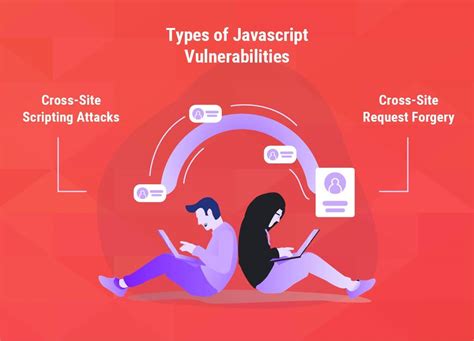The recent discovery of CVE-2024-4367, exposing an arbitrary JavaScript execution vulnerability in PDF.js, has sparked discussions within the tech community regarding the impact and potential risks associated with this security flaw. Comments from users shed light on various aspects of the vulnerability, highlighting concerns about XSS attacks and the possibility of native code execution in Electron apps that do not properly sandbox JavaScript code.
One key takeaway from the comments is the significance of the vulnerability for applications that embed PDF.js, as it can lead to serious consequences such as data leaks, unauthorized actions performed on behalf of users, or even account takeovers. The discussion also touches upon the importance of keeping web browsers up to date, with suggestions for prompt updates to mitigate the risk of exploitation.
Amidst the discourse on the vulnerability, there are insights into the usage of PDF.js in popular applications like Microsoft Teams and Electron-based platforms. Users share their thoughts on sandboxing JavaScript code, opting for browser-based versions of apps, and the potential impact on platforms like VS Code and Slack. The interconnected nature of software components raises concerns about security boundaries and the prevalence of vulnerabilities in today’s web ecosystem.
As the conversation delves deeper into technical details, suggestions for mitigating the vulnerability emerge, such as implementing Content Security Policies and scrutinizing PDF handling practices. There are references to security mechanisms like sandboxing and validation techniques to prevent arbitrary code execution. The dialogue underscores the critical need for robust security measures in web applications and the implications of overlooking font rendering code vulnerabilities.
Further discussions explore the broader implications of PDF.js security flaws and the challenges in securing client-side JavaScript execution. Comments touch upon the realistic risks of XSS attacks, the role of origin resources in mitigating vulnerabilities, and the complex nature of securing web applications that rely on third-party libraries like PDF.js. The diversity of opinions reflects the nuanced perspectives within the tech community regarding software security and risk management.
The ongoing dialogue highlights the evolving landscape of web security and the constant battle against vulnerabilities in popular libraries and frameworks. From insights on PDF rendering practices to opinions on script evaluation and JavaScript-related risks, the comments offer a multifaceted view of the CVE-2024-4367 incident. It reinforces the importance of proactive security measures, continuous software updates, and robust validation practices to mitigate the impact of potential security threats.
In conclusion, the discussion surrounding the CVE-2024-4367 vulnerability in PDF.js underscores the complex interplay between software components, security protocols, and the evolving threat landscape. As technology continues to advance, the need for vigilance in addressing security vulnerabilities remains paramount. By fostering open dialogues, sharing insights, and collaborating on risk mitigation strategies, the tech community can collectively work towards enhancing the security posture of web applications and ensuring a safer digital environment for users.


Leave a Reply